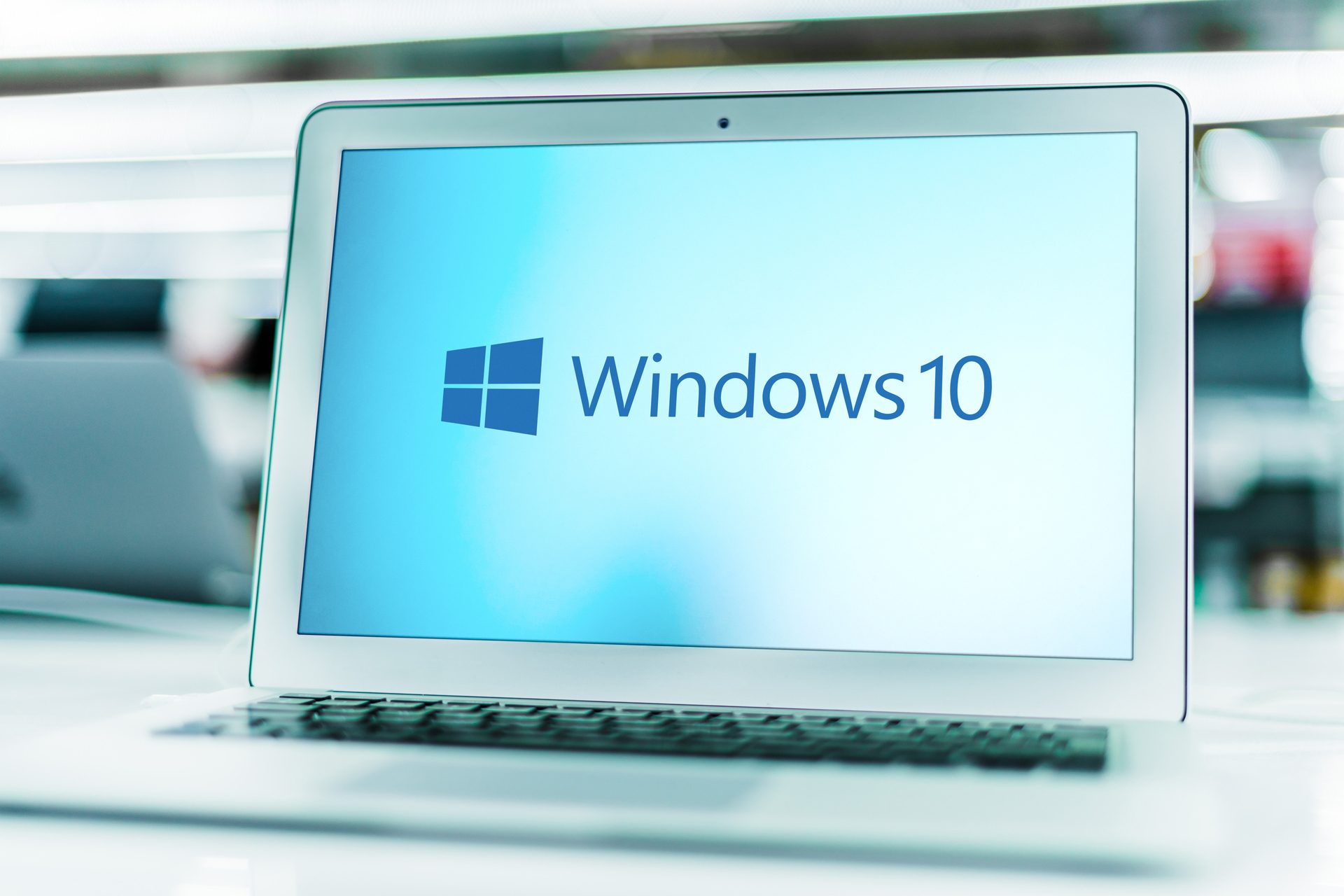

Your computer continues drawing a small amount of power to keep that RAM powered on. Sleep puts your computer into a very low-power mode, and saves its current state in its RAM.
/001-change-mac-sleep-settings-2260804-54893ecd12fa40019fa12e4d8e97fcfc.jpg)
All your open programs and documents will be in the same place, and you can immediately start doing whatever you need without sitting through a boot-up process, launching your programs, and opening your documents. It’ll start back up within a second or two if you put it to sleep, or a bit longer than that if you hibernated it. When you come back and press the power button, everything will be exactly as you left it. You don’t have to worry about closing your programs and saving your documents. When you’re done using your computer, you can just close your laptop’s lid (or, on a desktop, choose the Sleep or Hibernate option). Sleep and hibernate, on the other hand, preserve your session. The next time you go to boot your computer, you’ll have to sit through the boot-up process, manually relaunch all the programs you were using, and reopen all the documents you were editing. Before you shut down, you need to save your work. If you regularly use a computer, shutting down is extremely inconvenient.


 0 kommentar(er)
0 kommentar(er)
